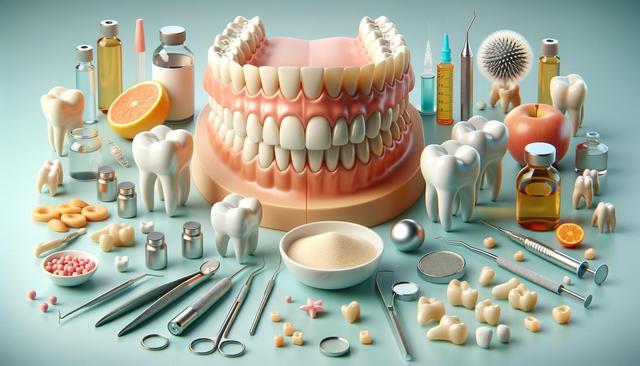Understanding Dental Bridges
Dental bridges are prosthetic devices used to fill the gap left by one or more missing teeth. These are anchored in place using the natural teeth or implants surrounding the empty space. By opting for dental bridges, you gain not only a complete smile but also the ability to chew and speak effectively. Dental bridges come in several types, such as traditional, cantilever, and Maryland bonded bridges, each offering unique benefits based on the individual’s needs. Understanding the function and variety of dental bridges can help patients make informed decisions about their oral health care.
The Benefits of Dental Bridges
Dental bridges offer numerous advantages that extend beyond just aesthetic improvements. Firstly, they help maintain the shape of your face, preventing the sunken appearance often associated with missing teeth. Additionally, they distribute biting forces evenly, which can alleviate stress on remaining teeth and reduce the risk of further dental issues. Some of the key benefits include:
- Enhancing speech clarity
- Restoring the ability to chew properly
- Preventing remaining teeth from shifting out of position
- Improving overall oral health by maintaining proper alignment
With these benefits, dental bridges are a reliable solution that can significantly boost self-confidence and quality of life.
The Process of Getting a Dental Bridge
Obtaining a dental bridge typically involves several steps, starting with an initial consultation and assessment. Your dentist will examine your oral health and discuss the best type of bridge for your situation. The preparation of the abutment teeth is then carried out, involving the reshaping to allow room for the bridge. Impressions of your teeth are taken to create a model, ensuring a custom fit. Finally, the bridge is placed, adjusted, and cemented to provide a natural and comfortable fit. Regular follow-ups are crucial to monitor the health and functionality of the bridge.
Maintaining Your Dental Bridge
Proper maintenance of your dental bridge is essential to ensure its longevity and effectiveness. Regular dental check-ups and a consistent oral hygiene routine are vital. Here are some tips to maintain your dental bridge:
- Brush twice daily with fluoride toothpaste, paying special attention to the area beneath the bridge.
- Floss daily using bridge flossers or water flossers to remove plaque and food particles.
- Avoid hard or sticky foods that may damage the bridge.
- Visit your dentist regularly for professional cleanings and examinations.
These practices will help keep your dental bridge in excellent condition, ensuring a healthy smile for years to come.
When to Consider Dental Bridges
Dental bridges may not be suitable for everyone, so understanding when to consider them is important. If you have one or more missing teeth, especially those affecting your smile or bite, dental bridges can be a fantastic option. They are ideal for individuals who have healthy teeth or implants on either side of the gap that can support the bridge. However, those with severe gum disease or decay might need to treat these issues first. Consult with your dentist to evaluate your specific situation and discuss whether dental bridges are the right choice for you.
Summary: Embrace a New Smile
Dental bridges offer a transformative solution for individuals with missing teeth, providing both functional and aesthetic benefits. By restoring your smile, improving your bite, and maintaining oral health, dental bridges can significantly enhance your confidence. If you’re considering this option, consult with a dental professional to explore the possibilities that dental bridges can offer. Embrace the opportunity to smile, eat, and speak with renewed assurance and joy.
